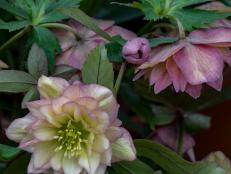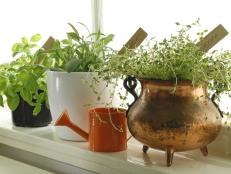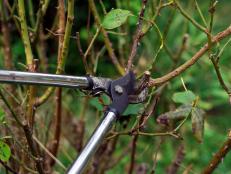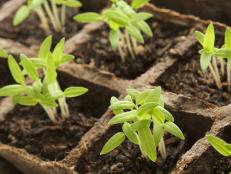Grow Guide: Winter Gardens
Gardening expert Felder Rushing offers tips on keeping your garden going during winter.

Jeanie333 / Shutterstock.com
Consider keeping at least a small part of your garden in production during winter, even if you have to use row covers or a cold frame to protect against hard freezes.

Question:
I am clearing out my 300-square-foot vegetable garden and closing it down for the winter. What can I do to keep weeds to a minimum during the garden’s down time (and mine)? — Gwen S., Los Angeles, Calif.
Answer:
No matter where you garden, there are a couple of easy things you can do that will make the garden look orderly over the winter and “feed” your soil -- without the use of herbicides -- when you dig into it come spring. If nothing else, you can occasionally till the garden to keep weeds to a minimum while breaking the soil up for easier planting in the spring. But my question is why? In mild-winter areas of the country like yours there are all sorts of vegetables, herbs and flowering plants that tolerate frost and even light freezes while looking and tasting great -- but that’s another topic altogether. If nothing else, I encourage you to keep at least a small part of the garden in production, even if you have to use row covers or homemade plastic tents to protect against hard freezes.
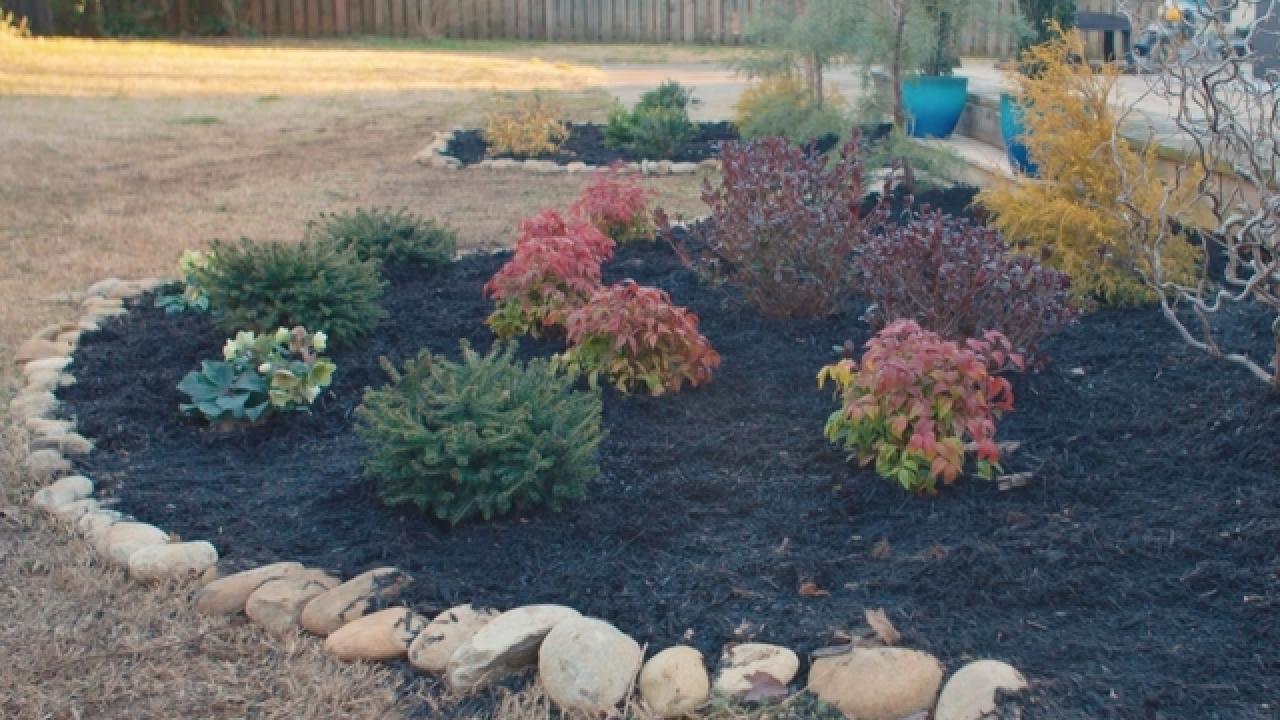
Plant a “Green Manure” Cover Crop
If you don’t want to grow anything edible, a great way to improve your garden soil over the winter is to plant clover, vetch, ryegrass or other cool-weather plants that will sprout thick leafy top growth as well as deep roots, which break up the soil and absorb nutrients. In the spring you can cut it down, let it dry a few days, then dig everything -- foliage, flowers and roots -- into your soil for a great “green manure.” As a bonus, the roots of clover, vetch and other legumes will actually absorb and store atmospheric nitrogen out of thin air; next year, as the plant bits slowly compost in your soil, they will release this nitrogen slowly to provide valuable fertilizer to your garden.
Use Mulch
If you don’t want to plant anything at all, simply cover the area with a decent (2- to 4-inch) layer of chopped tree leaves, chipped bark or other organic mulch that will shade out weed seeds while slowing composting on the surface. Like the green manure, next spring you can turn or till the leftover mulch into your soil to fluff it up before planting. (Caveat: in Southern California, you gotta watch out for overwintering snails and other pests.) This is an especially good approach for beds or parts of your garden you want to build up and prepare ahead of time for early planting; the mulch will keep your soil from packing down in winter rains or crusting over in the sun and wind, so all you will have to do later is pull the mulch back and plant without having to re-dig the area.
Try the “Lasagna” Approach
A fun variation on mulching that works well in both established gardens and in areas you may want to turn into a planting area without a lot of tilling is a layered approach championed by my "lasagna gardening" friend Pat Lanza. Simply spread out flattened cardboard or several thicknesses of newspapers, then cover that with compostable stuff like leaves, mulch or other mulch, grass clippings from lawns that had no herbicides applied, and a light sprinkling of natural nitrogen fertilizer such as cotton seed meal, fish emulsion or blood meal. Over the winter the layered cardboard will smother even a lot of hard-to-kill weeds, and as everything breaks down in winter rains, worms will eat the layered stuff and drag it deep into their burrows, creating wonderfully rich, easy-to-dig soil by spring. All these approaches work well without a whole lot of effort. But again, even though it wasn’t part of your question, I encourage you to plant at least something in part of the garden. Some winter-hardy flowers and vegetables to consider:
- pansies
- violas
- kale
- lettuces
- parsley
- cardoon (gets big!)
- Erianthus (Siberian wallflower)
- Swiss chard
- snapdragons
Gardening expert and certified wit Felder Rushing answers your questions and lays down some green-wisdom. You can get more of your Felder fix at www.slowgardening.net.






